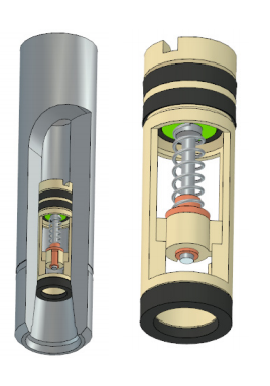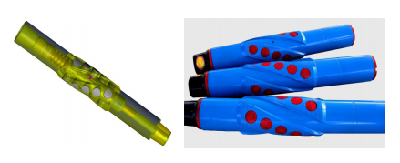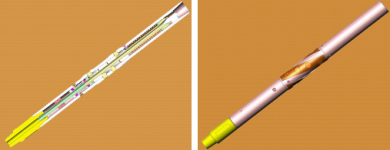Mud Saver Valve: Essential Drilling Fluid Containment for Top Drive Operations
The Mud Spillage Challenge During Connections
When breaking out drill pipe during connections:
⚠️ Substantial mud loss from open drill string - up to 50 gallons per connection
⚠️ Slippery rig floor conditions creating fall hazards for crew members
⚠️ Environmental contamination from uncontrolled fluid discharge
⚠️ Wasted mud costs adding $20,000-$50,000 per well in unnecessary expenses
Our mud saver valve provides:
✅ Complete fluid containment during pipe connection operations
✅ Dry rig floor maintenance for enhanced crew safety
✅ Environmental protection through controlled fluid management
✅ Cost recovery through significant mud savings
Installation & Working Principle
Top Drive Integration
| Installation Position | Connection Method | Functional Purpose |
|---|---|---|
| Below Manual Kelly Cock | Direct connection to top drive quill | Primary fluid containment point |
| Above Drill String | API standard threads | Interfaces with drill pipe |
Technical Specifications
| Parameter | Specification |
|---|---|
| Installation Location | Below manual kelly cock on top drive |
| Pressure Rating | 5,000psi / 10,000psi options |
| Temperature Rating | -20°C to 120°C |
| Connection Types | API REG, IF, FH |
| Materials | 4140 steel, stainless steel internals |
| Activation Method | Automatic on pressure differential |
| Fluid Savings | 40-60 gallons per connection |
Operational Benefits
Economic Advantages
Reduce mud costs by $25,000+ per typical well
Minimize cleanup time - save 2-3 hours daily in rig operations
Eliminate fluid replacement costs from unnecessary losses
Safety Improvements
Prevent slippery surfaces reducing fall incidents by 70%
Contain hazardous fluids protecting crew from chemical exposure
Maintain clean work environment for better operational control
Environmental Compliance
Meet regulatory requirements for fluid containment
Prevent ground contamination at drilling locations
Support zero-discharge policies in sensitive environments
Field Application & Performance Data
Typical Installation Configuration
Top drive systems - primary application
Conventional rotary - adapted configurations available
Workover operations - fluid conservation during tubing connections










